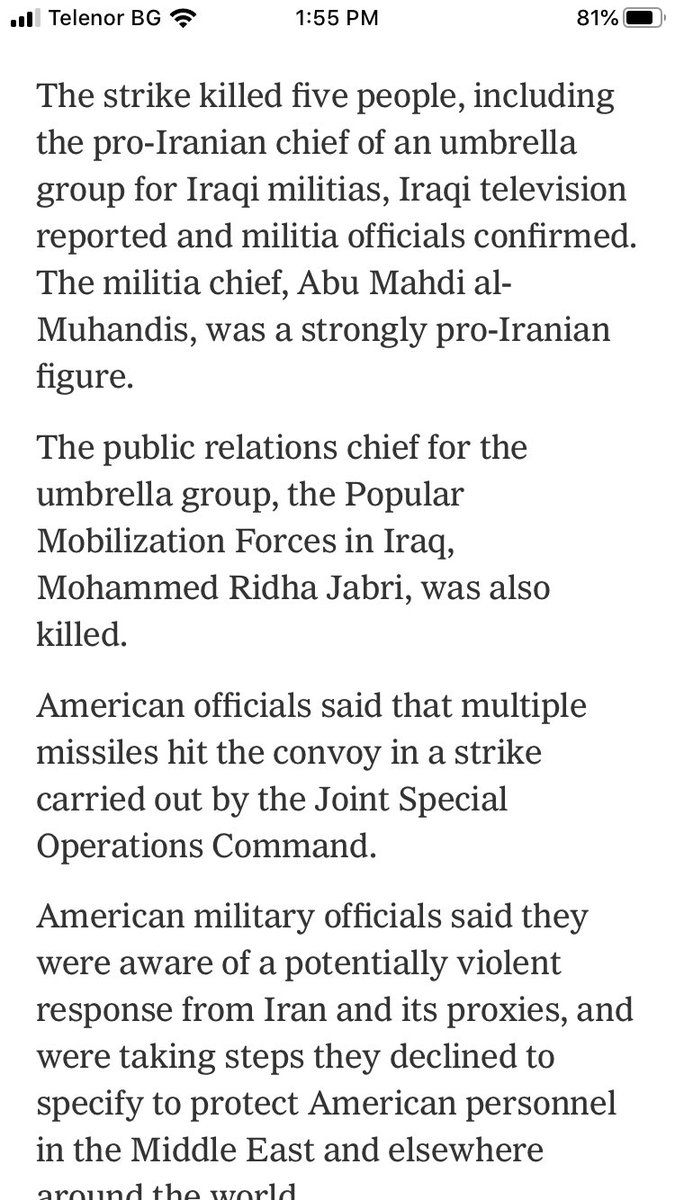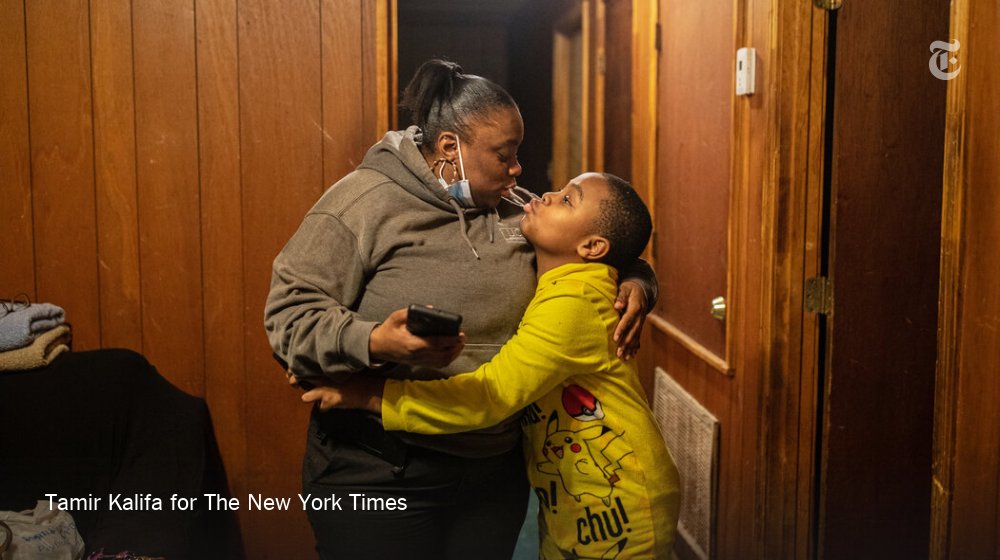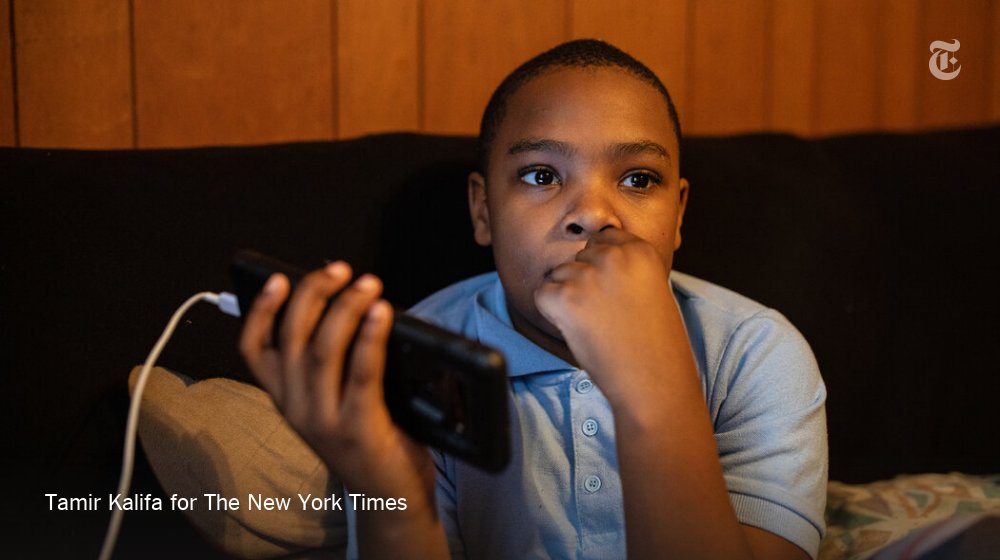
1. I’ve had a chance to check in with sources, including two US officials who had intelligence briefings after the strike on Suleimani. Here is what I’ve learned. According to them, the evidence suggesting there was to be an imminent attack on American targets is “razor thin”.
2. In fact the evidence pointing to that came as three discrete facts: a) A pattern of travel showing Suleimani was in Syria, Lebanon & Iraq to meet with Shia proxies known to have an offensive position to the US. (As one source said that’s just “business as usual” for Suleimani)
3. More intriguing was b) information indicating Suleimani sought the Supreme Leader’s approval for an operation. He was told to come to Tehran for consultation and further guidance, suggesting the operation was a big deal - but again this could be anything.
4. And finally, a) and b) were read in the context of c) Iran’s increasingly bellicose position towards American interests in Iraq, including the attack that killed a U.S. contractor and the recent protest outside the American embassy.
5. But as one source put it a) + b) + c) is hardly evidence of an imminent attack on American interests that could kill hundreds, as the White House has since claimed. The official describes the reading of the intelligence as an illogical leap.
6. One official described the planning for the strike as chaotic. The official says that following the attack on an Iraqi base which killed an American contractor circa Dec. 27, Trump was presented a menu of options for how to retaliate. Killing Suleimani was the “far out option”
7. Trump chose a more moderate option which involved the Dec. 29 strikes on the positions of an Iranian-backed militia. Then came the protest at the gates of the US embassy in Baghdad: nytimes.com/reuters/2019/1…
8. It was after the embassy protests that the president, according to one US official, chose the Suleimani option, but the problem at that point in time is that American intelligence did not know his precise whereabouts. They scrambled to locate him, says the official.
9. According to the official, the strike on Suleimani was pulled together so quickly that initially the US was not sure PMF leader Abu Mahdi al-Muhandis was in the convoy. He was also killed and is also viewed as an Iranian proxy: 

10. Since the strike, Iran has convened its national security chiefs. Chatter intercepted by American intelligence indicates they’re considering a range of options. Cyberattacks, attacks on oil facilities and American personnel and diplomatic outposts have all been cited so far.
11. But among the “menu options” that I had not heard before were: (1) kidnapping and execution of American citizens. (This might explain why the State Department has ordered the evacuation of all US citizens in Iraq, not just government and embassy employees). 

12. Another is attacks on American diplomatic and military outposts not just in Iraq, Lebanon and Syria, but as far afield as UAE and Bahrain. The official I spoke to was particularly concerned for American troops stationed in Iraq, some of whom are co-located with Shia militias
13. How does this impact the war against ISIS? I turned to @Mikeknightsiraq for insight. He’s studied Iraq since the 1990s. What he told me is that months before the strike that killed Suleimani, the tensions with Iran had already degraded America’s ability to fight ISIS in Iraq:
14. In 2019, America has been denied airspace and access to operations in Iraq to go after ISIS at the behest of Iran-backed groups. The US has also been told to stop communicating with Sunni tribes. These are important setbacks that have already weakened the US’ posture in Iraq
15. “It’s all been downhill,” @Mikeknightsiraq told me, in terms of America’s access to the ISIS battlespace in recent months due to Iranian pressure on Iraqi officials. One upshot? US special operations forces have been on the offensive in Diyala, Nineveh and Kirkuk provinces
16. A likely outcome of the recent strike is that small, out-of-the-way outposts for special operations forces will be deemed too vulnerable and will be eliminated. Fighting ISIS is no longer the priority if the outer wall of the US embassy is being attacked.
17. Before I go back to the pool let me just say the obvious: No one’s trying to downplay Suleimani’s crimes. The question is why now? His whereabouts have been known before. His resume of killing-by-proxy is not a secret. Hard to decouple his killing from the impeachment saga.
• • •
Missing some Tweet in this thread? You can try to
force a refresh















